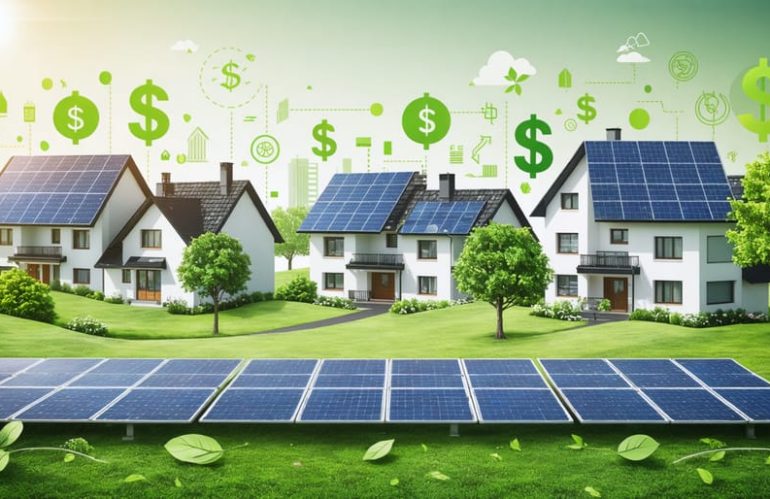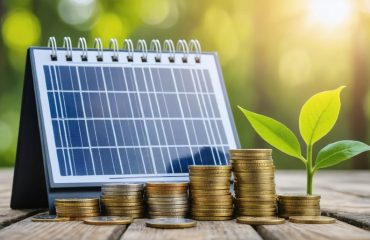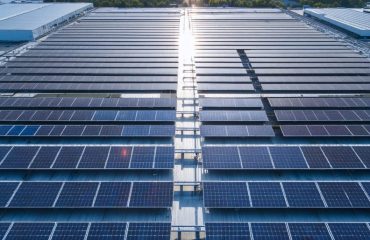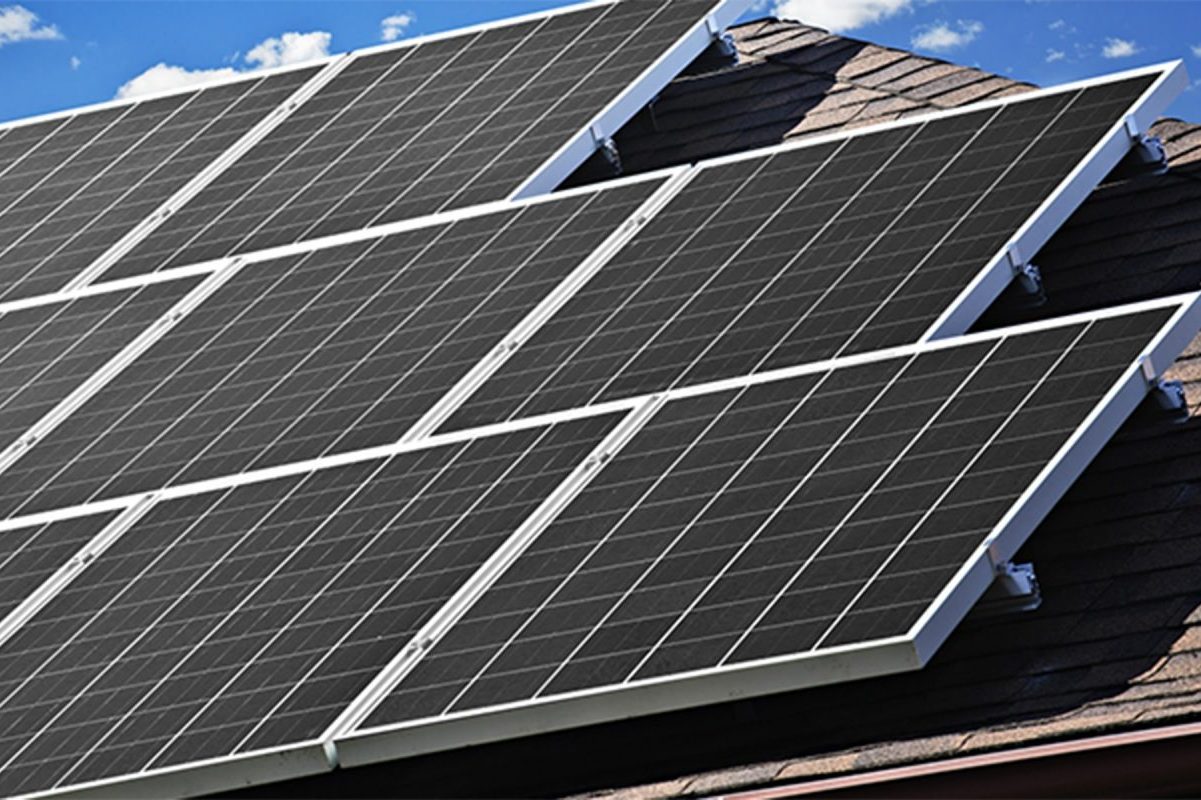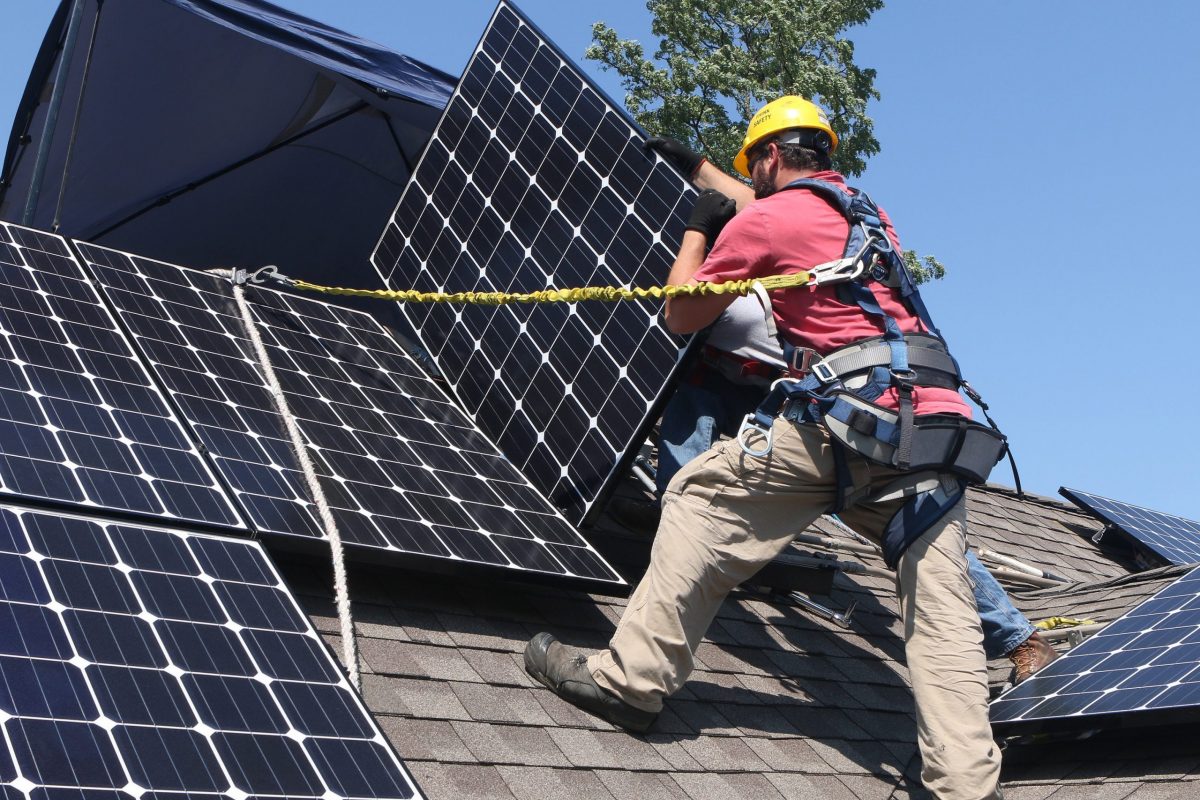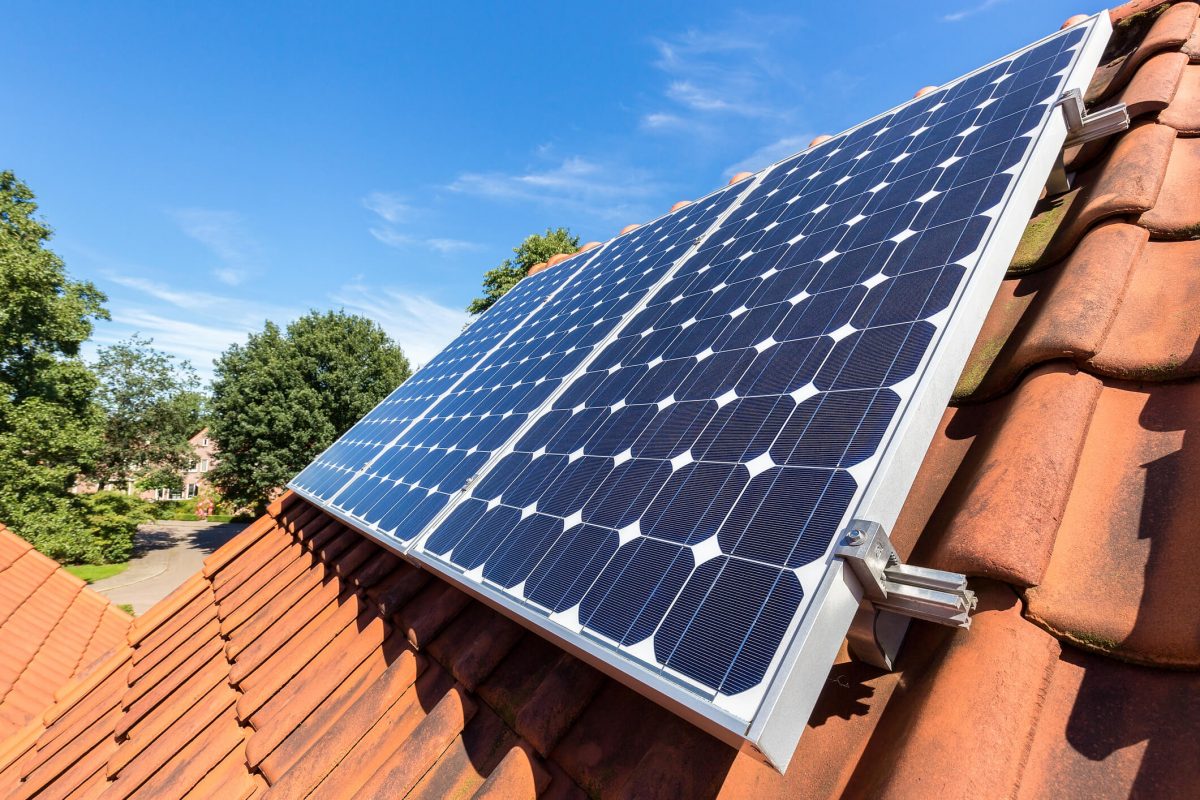Transform your home’s energy future through local solar programs that combine community power with significant savings. Today’s innovative solar initiatives – from municipal partnerships to group solar purchasing networks – make clean energy more accessible and affordable than ever before. Smart homeowners leverage these programs to cut installation costs by 20-30% while accessing exclusive tax incentives, rebates, and simplified permitting processes. By participating in local solar initiatives, you join a growing movement of energy-conscious neighbors who are reducing their carbon footprint while protecting against rising utility costs. Whether you’re considering rooftop panels or community solar gardens, these programs offer clear pathways to sustainable, cost-effective home energy solutions that pay dividends for years to come.
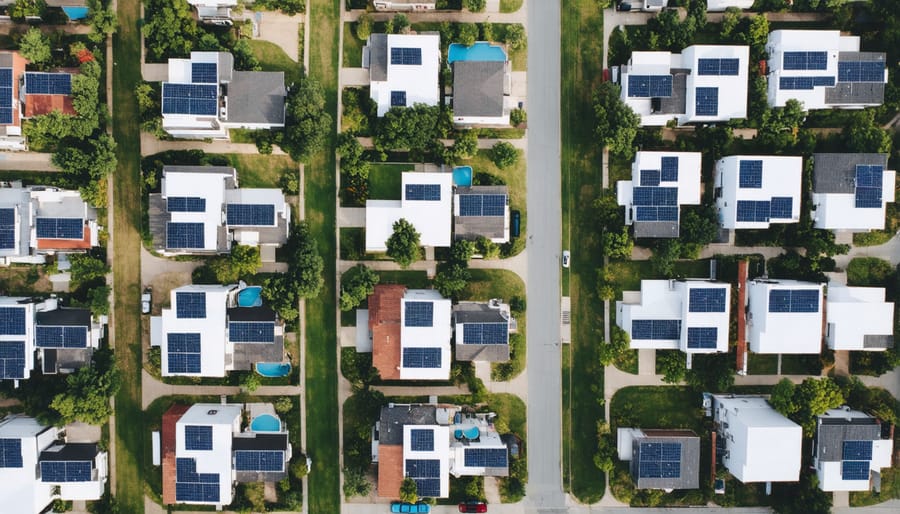
How Local Government Solar Programs Work
Property Tax Exemptions
Property tax exemptions offer homeowners a significant financial incentive when installing solar panels by preventing their property taxes from increasing due to the added value of their solar system. Many states and local governments have implemented these exemptions, which typically last for several years or even the entire lifetime of the solar installation.
Here’s how it works: When you add solar panels to your home, they increase your property’s value. Normally, this would result in higher property taxes. However, with a solar property tax exemption, the added value from your solar installation is excluded from your property’s assessed value for tax purposes. This means you get to enjoy the increased home value without paying additional property taxes.
To claim this exemption, homeowners usually need to file an application with their local tax assessor’s office and provide documentation of their solar installation. The process is typically straightforward and can result in substantial long-term savings.
Local Rebate Programs
Many cities and counties offer their own solar rebate programs to complement state and federal incentives. These local programs can provide significant savings, often ranging from $500 to $5,000 depending on your location and system size. For example, some municipalities offer per-watt rebates, while others provide flat-rate incentives or property tax exemptions.
To find local rebates in your area, start by checking your city or county government website’s sustainability section. Many local utilities also partner with municipalities to offer additional incentives. Some standout programs include Austin Energy’s solar rebate, which offers up to $2,500 for residential installations, and San Francisco’s GoSolarSF program, providing rebates up to $2,000.
Remember that local rebate funds are often limited and distributed on a first-come, first-served basis. It’s recommended to apply early in the fiscal year when new funding becomes available. Your local solar installer can typically help you identify and apply for these municipal incentives.
Community Solar Initiatives
Solarize Programs
Solarize programs, also known as solar co-op programs, are community-based initiatives that help homeowners access solar energy at reduced costs through group purchasing power. These programs typically bring together neighbors and local residents who are interested in installing solar panels, creating a collective buying group that can negotiate better prices with installers.
By participating in a solarize program, homeowners can save anywhere from 15% to 30% on their solar installation costs compared to individual purchases. These programs often include additional benefits such as pre-screened installers, standardized pricing, and educational workshops to help participants make informed decisions.
The process usually begins with community outreach and information sessions, followed by a competitive bidding process to select qualified installers. Once enough participants sign up, the group moves forward with installations, typically within a specified timeframe. Many solarize programs also provide support throughout the entire process, from initial assessment to final installation, making solar adoption more accessible and straightforward for homeowners.
Community Solar Subscriptions
Community solar subscriptions offer an innovative way to benefit from solar energy without installing panels on your property. These programs allow you to subscribe to a portion of a larger solar installation in your area, receiving credits on your electricity bill for the power your share generates.
Participating is straightforward: you sign up through a local community solar provider, choose your subscription size based on your energy needs, and start receiving credits on your monthly utility bill. Most subscribers save 5-15% on their electricity costs while supporting clean energy production in their community.
These programs are particularly appealing for renters, apartment dwellers, and homeowners whose properties aren’t suitable for rooftop solar. There’s typically no upfront cost, and subscribers can often cancel with minimal notice. Many programs also offer flexible payment options and don’t require long-term commitments.
To find community solar projects in your area, check with your utility company or local solar developers. Some states maintain databases of available programs, making it easy to compare options and find the best fit for your needs.

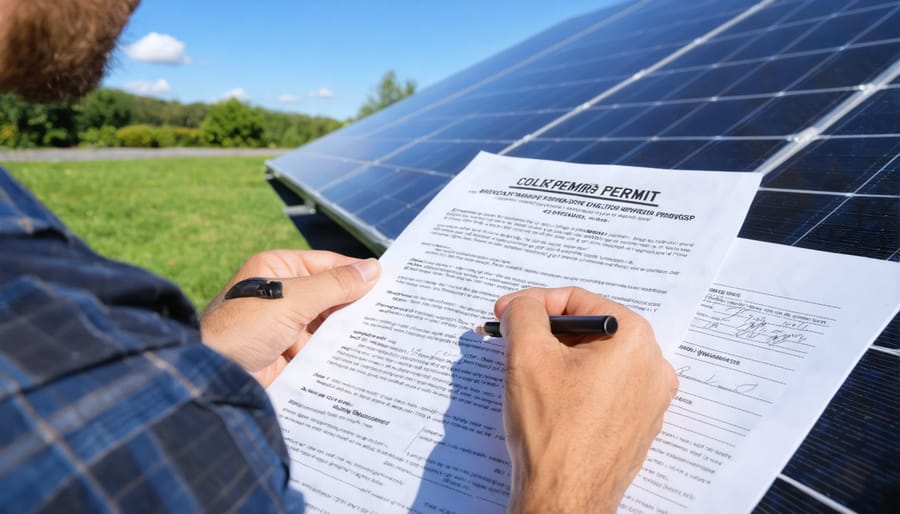
Navigating Local Permits and Regulations
Navigating local permits and regulations is a crucial step in your solar journey, but don’t let it intimidate you. Most municipalities have streamlined their solar permitting processes to encourage renewable energy adoption, making it easier than ever to go solar.
Start by contacting your local building department to understand specific requirements. Typically, you’ll need a building permit and an electrical permit. Some areas may also require zoning permits or historical district approvals. Your solar installer usually handles these applications, but it’s good to be informed about the process.
Key documents you’ll likely need include:
– Property plans showing solar panel placement
– Electrical diagrams
– Equipment specifications
– Structural engineering reports
– Homeowners insurance documentation
Many cities now offer expedited permits for residential solar installations, sometimes called “solar-ready” permitting. These fast-track processes can reduce approval times from weeks to just a few days. Some jurisdictions even provide online permit applications, making the process more convenient.
Be prepared for inspection requirements. Most areas require both a rough inspection during installation and a final inspection once complete. These safety checks ensure your system meets local building codes and fire safety standards.
Remember that permit costs vary by location, typically ranging from $200 to $1,000. These fees are usually included in your installer’s quote, but it’s worth confirming this detail upfront.
Your solar installer should be well-versed in local requirements and handle most of the paperwork. However, staying informed about the process helps you make better decisions and ensures a smooth installation experience.
Finding and Qualifying for Local Programs
Finding local solar programs is easier than you might think with these straightforward steps. Start by visiting your state’s energy office website or the Database of State Incentives for Renewables & Efficiency (DSIRE). These resources provide comprehensive listings of available programs in your area.
Next, contact your local utility company. Many utilities offer their own solar incentives, rebates, or special solar-friendly rate plans. Ask specifically about net metering programs and any current solar initiatives they support.
Your city or county government offices can be valuable resources too. Some municipalities offer property tax exemptions, expedited permits, or special financing programs for solar installations. Check their websites or call their sustainability offices for current offerings.
Don’t forget to consult with local solar installers. These professionals often have up-to-date information about available programs and can help determine which ones you qualify for. They can also assist with the application process and required documentation.
To qualify for most programs, you’ll typically need:
– A suitable roof or property for solar installation
– Good standing with your utility company
– Proof of property ownership
– Recent energy bills
– Income documentation (for income-based programs)
Keep detailed records of all your applications and correspondence. Many programs operate on a first-come, first-served basis or have limited funding, so acting promptly when you find a suitable program is essential. Remember to verify application deadlines and program requirements carefully before submitting your materials.
Common Barriers and Solutions
While local solar programs offer excellent opportunities, homeowners often encounter several common challenges. Initial costs remain a primary concern, but many programs now offer low-interest financing options and zero-down payment plans to make solar more accessible. Some homeowners worry about their roof’s suitability or structural integrity, which can be addressed through professional assessments and alternative mounting solutions.
Navigating permit requirements and local regulations can seem daunting, but most solar providers now handle these processes entirely on behalf of homeowners. Some neighborhoods have homeowners’ association (HOA) restrictions, though many states have “solar rights” laws that prevent HOAs from blocking solar installations.
Concerns about system maintenance and reliability are common, but modern solar panels are highly durable and typically come with 25-year warranties. Many installers offer monitoring services and maintenance packages for peace of mind. Limited roof space can be overcome through high-efficiency panels or ground-mounted systems, while partial shade issues can be addressed with microinverter technology that optimizes performance for each individual panel.
Remember, most barriers have proven solutions, and local solar programs often provide resources to help homeowners overcome these challenges.
Local solar programs offer a clear path to sustainable, cost-effective energy solutions for homeowners. By participating in these initiatives, you can significantly reduce your energy bills while contributing to a cleaner environment. The combination of federal tax incentives, state rebates, and local program benefits makes now an ideal time to invest in solar energy. To get started, contact your local utility company or municipal office to learn about available programs in your area. Schedule a home energy assessment, research qualified solar installers, and take advantage of free consultations to determine the best solar solution for your home. With the right planning and support, transitioning to solar power can be a smooth and rewarding journey toward energy independence.

